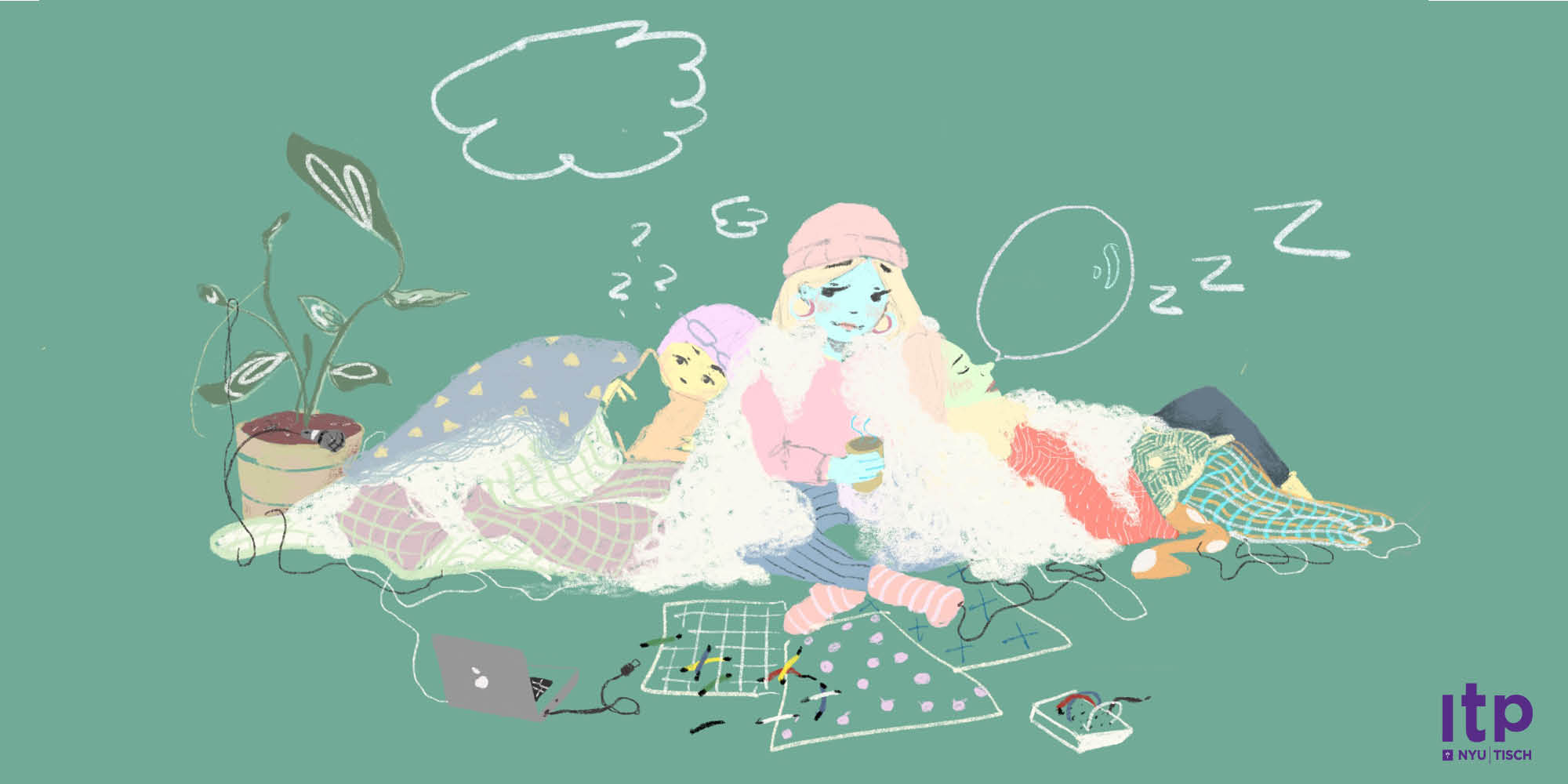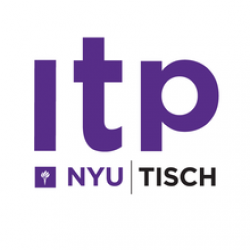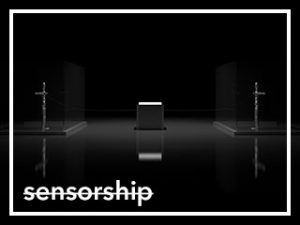Helen Hutchens, Xiaoshi Liang
Sensorship explores what happens when censorship is not longer an omission but a transmutation, by challenging two people—whether near-strangers or old friends—to hop in and figure out how to convey a message when your earpiece is against you.
https://carrefinho.com/sensorship/
Description
Our relationship with those around us is increasingly carried out on screen. As the magnitude of digital communication increases inverse to face-to-face interactions, it belays the question: what happens when what we mean to say is not faithfully transmitted to who we’re communicating with?
The censorship of thought, language, and expression has, of course, been carried out in past ages, our current times, and likely future eras. Yet most of this has come across via blockage—a hand obstructing a printing press, a story cut from a manuscript, a forced deletion on social media…
What happens, though, when your message comes through? We trust that our machines will relay our messages in good faith. But what happens when your message is altered, warped, and effectively pre-packaged for its recipient? What can you do when the medium of communication itself believes in 'fake news'?
Users will assume different roles: one person will be a scientist who is a member of the UN’s Intergovernmental Panel on Climate Change (IPCC) and the other an emissary of the research to the world. They have to try and communicate—somewhat ironically by speaking into two analog phones—through a system that twists the terms that matter most (e.g. “global warming”) replacing them with other terms and thus meanings. Using a speech-to-text-to-speech process and the RiTa language library, both parties will be able to have a conversation, albeit one tampered with. The emissary's task is to receive the correct message from the researcher. They’ll have to beat the system in creative ways.
Classes
Creative Computing


